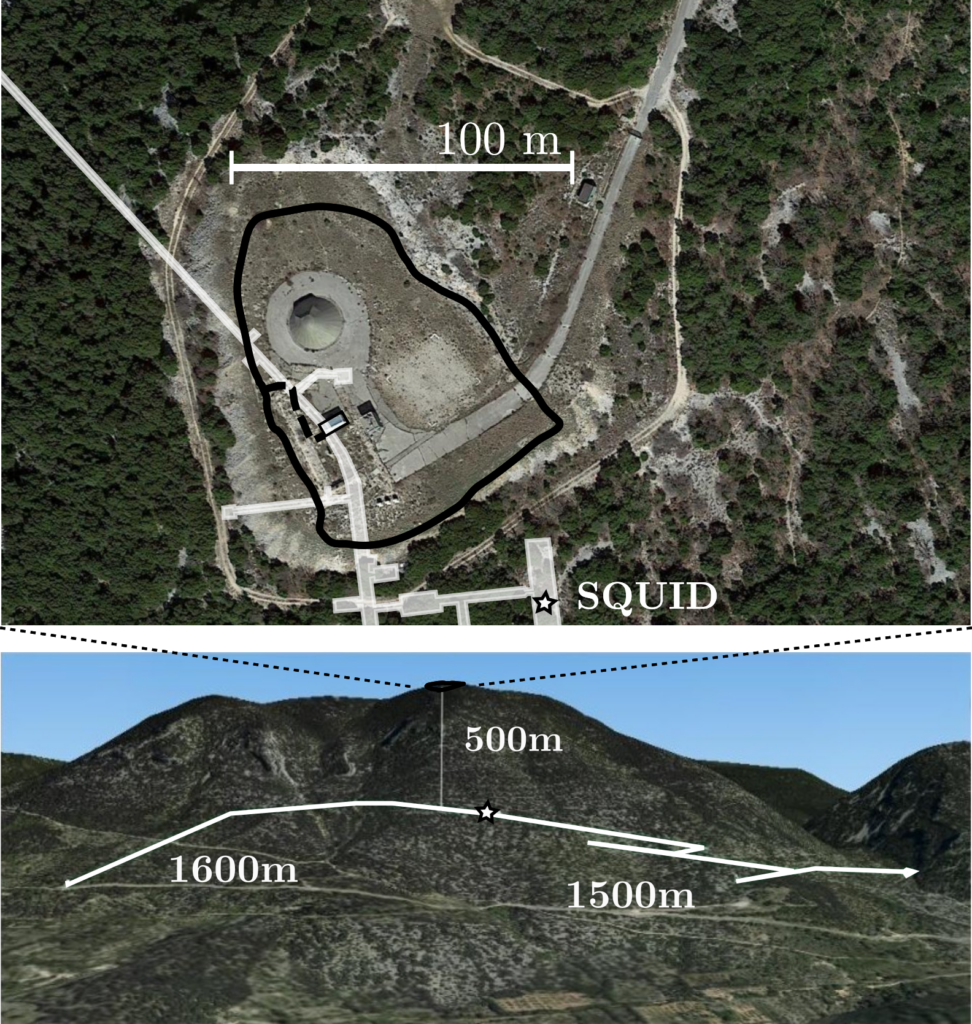[Thesis defence] 16/11/2023 - Clément Dezord: "Development and operation of a measurement bench dedicated to a hectometre-scale magnetic antenna at LSBB". (EMMAH)
Title of thesis
"Development and operation of a measurement bench for a hectometre-scale magnetic antenna at the Rustrel Low Noise Underground Laboratory.
Date and place
Agrosciences Amphitheatre
Bât A - UFR STS - Campus Jean-Henri Fabre - Avignon University
Thursday 16 November 2023 at 10.00 am
Discipline
Physical Sciences
Laboratory
UMR 1114 Mediterranean Environment and Agro Modelling
Hydrosystems (EMMAH)
Management
- Gilles Micolau (thesis supervisor)
- Arnaud Mesgouez (thesis co-supervisor)
- Élisabeth Pozzo Di Borgo (supervisor)
Composition of the jury
- Mickaël Petit, MCF HDR, Université Paris-Saclay
- Marc Bocquet, PU, Aix-Marseille University
- Amélie Litman, PU, Aix-Marseille University
- Philippe Maurine, MCF HDR, University of Montpellier
- Christophe Coillot, IR HDR, University of Montpellier
- Gaëlle Mesgouez-Lefeuve, PU, Avignon University (Deputy Director UMR
- EMMAH)
- Gilles Micolau, PU, Avignon University (thesis supervisor)
- Arnaud Mesgouez, MCF HDR, Avignon University (thesis co-supervisor)
Summary of the thesis
This manuscript presents the instrumentation of a giant loop antenna - located at the Rustrel low-noise underground laboratory (LSBB) - with a view to integrating it into an environmental measurement bench that is reliable in a hostile environment, easily versatile and remotely controllable. This device, built using intermediate technologies and available as open source, is intended to be scalable to meet the needs of the various scientific communities operating on site. The design and demonstration of its functionality and sensitivity are addressed in this order. Its structure is based on an original solution based on communication in Python between a Raspberry PI and Arduino boards that control relays and measuring instruments. Two operating modes have been implemented. The first monitors the loop's electrical impedance over a frequency range of 5 decades, while the second acquires the voltage induced at the loop's terminals. The use of this measurement bench focused mainly on the first mode. Various measurement protocols were developed and tested over more than two years of measurements, demonstrating the effectiveness and viability of the system. A quasi-steady-state model of the loop based on four parameters was proposed. This has made it possible to identify and reduce the number of relevant parameters describing the temporal evolution of the electrical behaviour of this giant loop. The sensitivity of the loop to its immediate environment was demonstrated. The scientific approach adopted here, which consists of transforming an existing device into a novel instrument, also opens up a wide range of possibilities. Several of these have been studied with a view to their deployment.

Updated on 7 November 2023